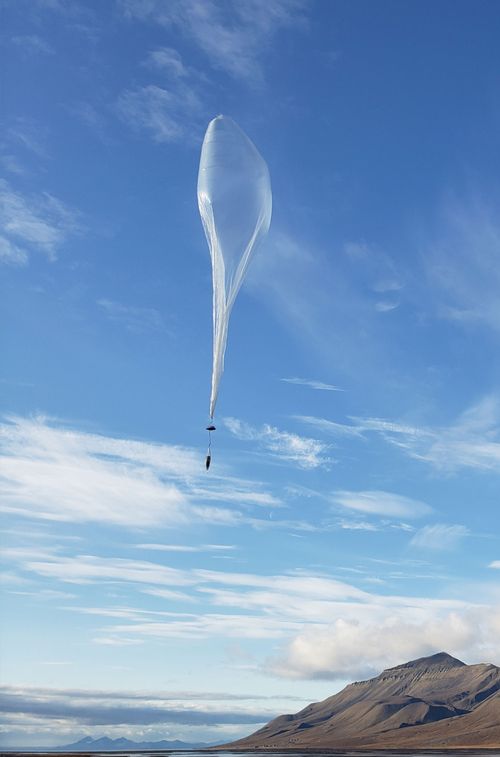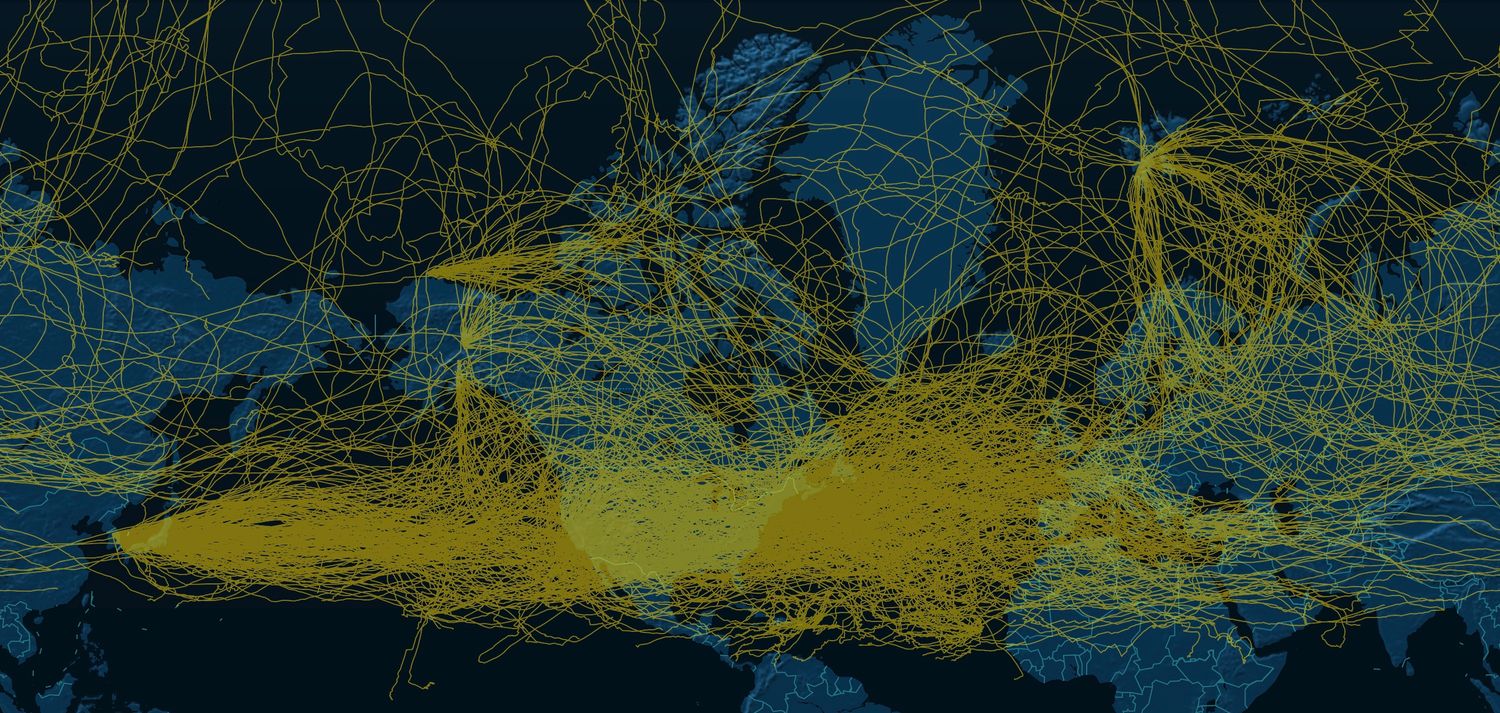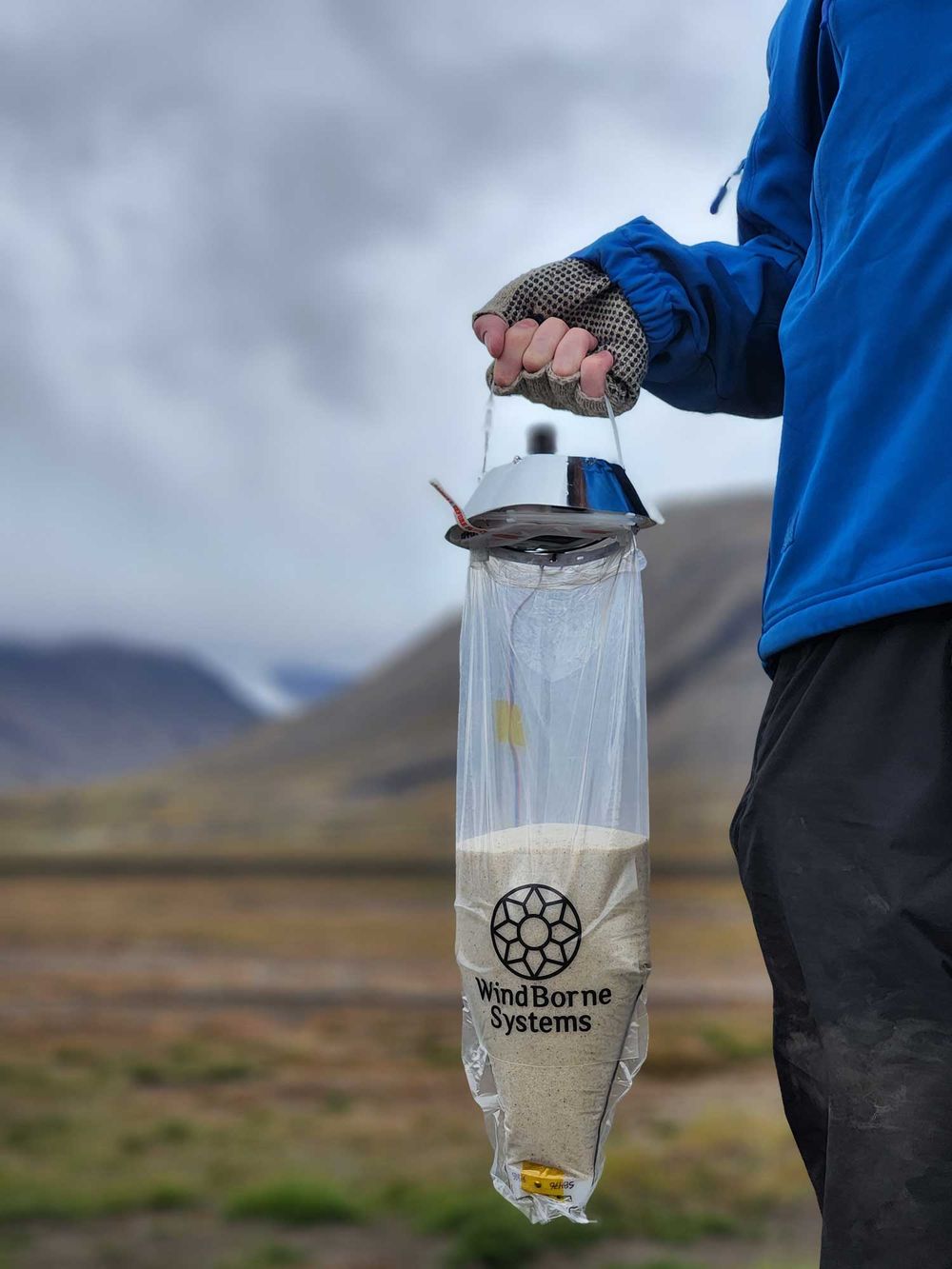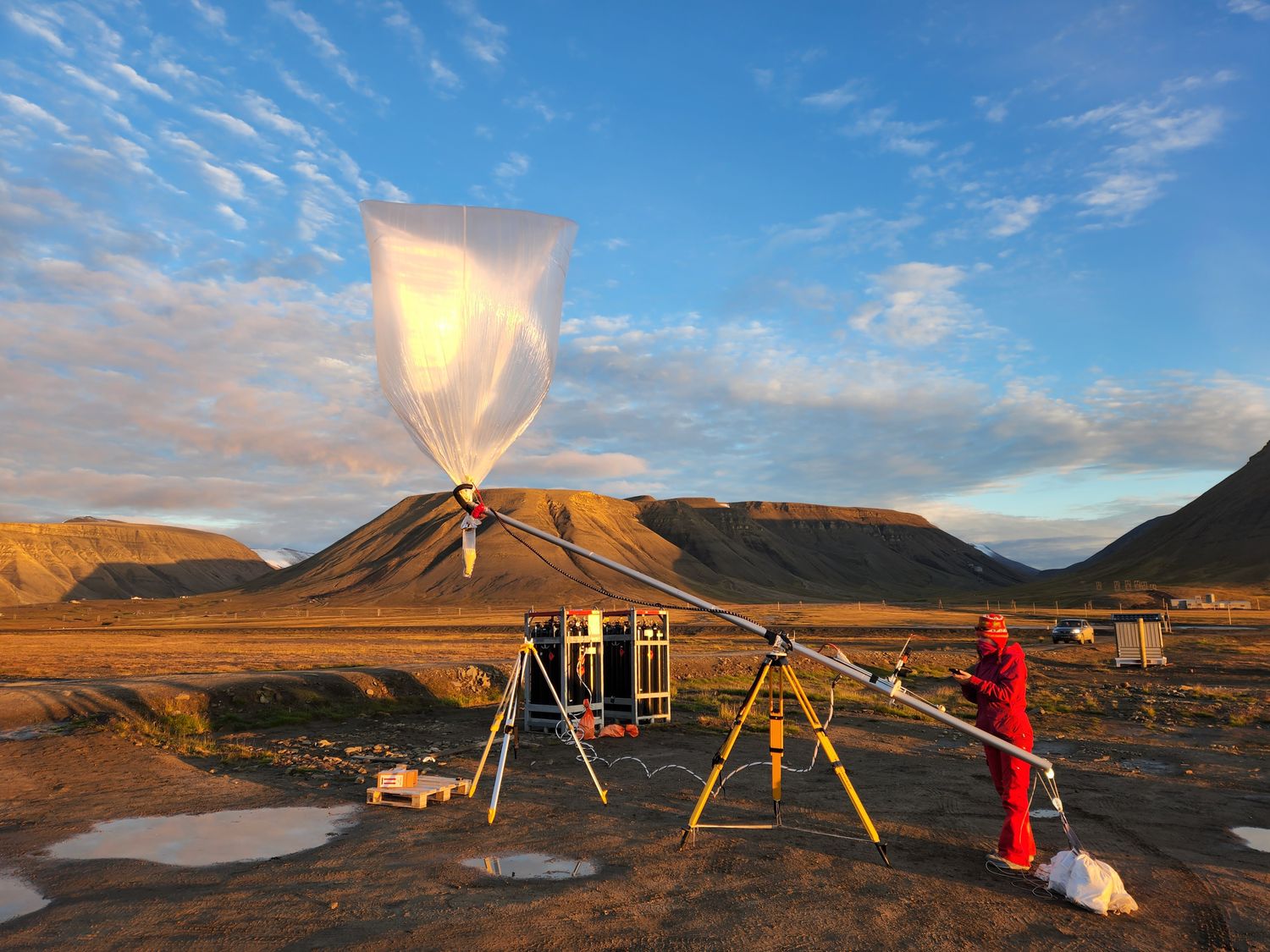Sensors Engineer
WindBorne Systems is supercharging weather models with a unique proprietary data source: constellations of next-generation smart weather balloons targeting the most critical atmospheric data. We then combine that unique data source with the world’s most accurate AI weather models. Our long-term vision is to eliminate weather uncertainty, and in the process help humanity adapt to climate change, be that predicting hurricanes or speeding the adoption of renewables. The founding team of Stanford engineers was named Forbes 2019 30 under 30 and is backed by top investors including Khosla Ventures.
At its core, WindBorne’s vision is to sense as much as is physically possible, everywhere in the world. Starting with weather sensors — temperature, humidity, winds, and pressure —presents a delicate balance of meteorological-grade quality, cost optimization, manufacturing scalability, and extreme environmental conditions. When further combined with the unique performance characteristics of our balloon platform, this tradeoff makes for a very exciting yet challenging problem. As the platform matures, a myriad other sensors — with a myriad of other fun problems — will be developed as well.
As Sensors Engineer, you will be responsible for the calibration of thousands of sensor packages and for managing the automated processes to perform quality control and bias correction of real-time flight data from around the globe. As we continue to scale, you’ll work on optimizing processes and look for ways to improve the sensing package and calibration systems, in terms of capabilities, throughput, and quality.


We're dedicated to both mitigating climate change and helping humanity adapt to its effects as fast as possible, and you can be a part of our mission to make this global societal impact. If you like the idea of working on cutting edge technology, and working with a fast moving team, WindBorne is the place for you.
Responsibilities
Work on automated custom calibration processes as we scale from hundreds to tens of thousands of balloons while maintaining stringent meteorological accuracy standards
Characterize and investigate errors of the system, which can be introduced anywhere in the process from calibration to flight, and write scripts to monitor quality as we scale up
Improve and maintain software for processing real-time meteorological data, with automated quality control and rejection of bad data, as well as bias correction
Think about potential hardware improvements to sensing mechanisms and calibration rigs to improve throughput and/or data quality, and collaborate with other engineers to implement these changes
Develop and implement new test equipment for better performance characterization of sensor hardware to guide design iteration
Investigate and prototype new types of sensors to add to the platform
Skills and Qualifications
Required
Bachelor's or higher degree in a STEM field
Experience applying statistics, fitting, and optimization
Experience with processing large datasets
Experience interfacing with sensor hardware and characterizing new data sources
Standard Python scientific toolbox (Numpy, Scipy, Matplotlib, etc.), Python scripting.
Familiarity with the basic underlying physics in common sensors
Familiarity with the Linux command line, bash, etc.
Familiarity with C and C++
High level of proficiency with Google Suite (docs, slides, sheets, gmail, calendar)
Experience working within a Digital HQ chat platform, e.g. Slack
High attention to detail to catch issues and concerns before they compromise the accuracy of our data
Nice to have
Firmware and electrical prototyping (low level C, PCB design, soldering, etc.)
Mechanical prototyping (CAD, 3D printing, basic machining, etc.)
Software development experience in a team setting
PhD in experimental physics or electrical engineering
Benefits
- 401(k)
- Dental insurance
- Health insurance
- Vision insurance
- Unlimited PTO
- Stock Option Plan
- Office food and beverages
Location
Address: 858 San Antonio Rd, Palo Alto, CA.
The position is in-person.
What our hardware looks like

